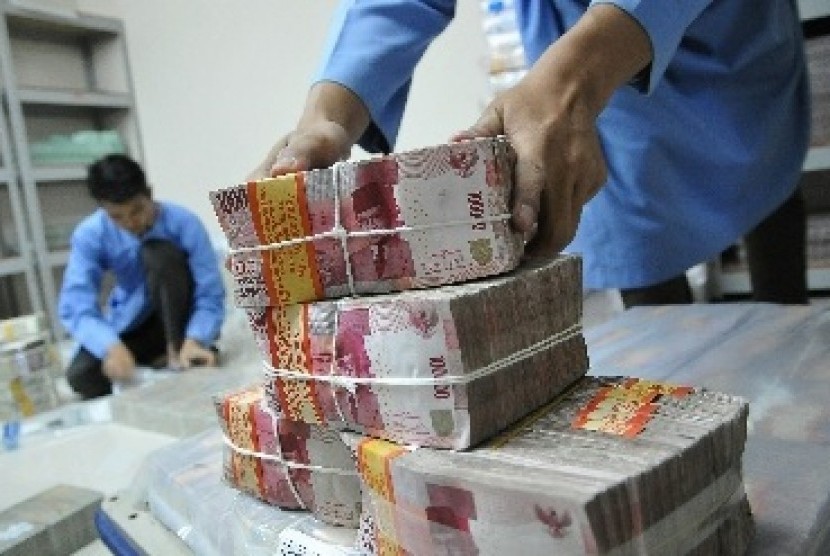REPUBLIKA.CO.ID, PALEMBANG -- The distributors of the government's micro loans (KUR) have channeled Rp31 trillion worth of KUR credits until April 7, 2016, or 25.8 percent of this year's Rp120 trillion target, a government official stated.
"Based on the trend observed in the previous years, the KUR credits can be distributed faster in the subsequent quarters," Bobby Hamzah Rafinus, the deputy for fiscal and monetary coordination of the Office of the Coordinating Minister for Economic Affairs, stated at a discussion on the national economic policy here on Monday.
Rafinus noted that the demand for KUR credits in the next three quarters will be higher due to the improvement in business climate as a result of the government's deregulation policies and increase in public consumption.
The increase in the demand for KUR is also boosted by the government's policy to offer interest subsidy, which led to a reduction in the interest rate of KUR credits from 12 percent in 2015 to nine percent in 2016.
"The nine percent interest rate subsidy has been provided, and this information can be obtained by inquiring with KUR distributor and executing banks," Bobby explained.
He said the government had set aside Rp10.4 trillion in the state budget to support the subsidized interest rate of nine percent. With this subsidy, the distributor banks target to channel KUR credits worth Rp120 trillion this year.
Bobby has forecast that the target can be achieved even before the end of the year.
The government has not yet planned to increase the amount of KUR credits through the next 2016 revised state budget as it is too risky to widen the budget deficit, which has been maintained at 2.15 percent of the gross domestic product.
Bobby also believes that the faster availability of KUR credits in the coming quarters would be fueled by the increase in the number of KUR credit distributors.
Earlier, only a handful of banks acted as the distributors. Now, financing institutions and cooperatives can also function as KUR credit distributors.
Until April 18, four financing companies were still completing the administrative process to become new KUR distributors.
The KUR credits until this month had been channeled by seven banks: Bank Negara Indonesia, Bank Rakyat Indonesia, Bank Mandiri, Bank Sinarmas, Bank Maybank, Bank Pembangunan Kalimantan Barat, and Bank Pembangunan NTT.
Edy Putra Irawady, the deputy for industry and commercial coordination of the Office of the Chief Economic Minister, stated on the same occasion that the government was keen to channel the KUR credits equitably among all Indonesian regions.
The ministry's statistical data indicated that until the end of March this year, the realization of KUR credits in Central Java had reached Rp6 trillion; East Java, Rp5 trillion; and West Java, Rp4.5 trillion.
For Sumatra, the highest KUR provision was recorded in North Sumatra, reaching Rp1.1 trillion.
The provision of KUR credits in Kalimantan, Sulawesi, Maluku, Papua, and Nusa Tenggara was still generally below one trillion. South Sulawesi, with a credit provision of Rp2.6 trillion, was the only province to have exceeded one trillion rupiah. The realization of KUR in Bali was recorded at Rp1.6 trillion until March 2016.


